Your Inner Fish – Neil Shubin – PBS (2014)
Your Inner Fish, is the first installment of a three part PBS series by Neil Shubin. After a quick review of our shared anatomy with the fish and a whirlwind tour along the evolutionary timeline, the program plunges us into the fascinating saga of discovery of the tetrapods that explains how limbs of the terrestrial vertebrates came to be. Watch how the legendary 375 million year old (Devonian) tetrapod fossil Tiktaalik was discovered after a series of adventurous Arctic expeditions. […]

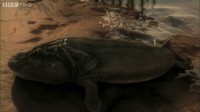

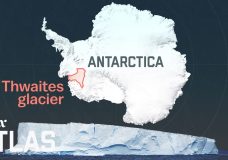

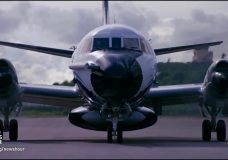
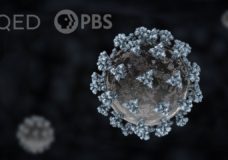
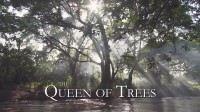
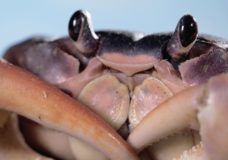
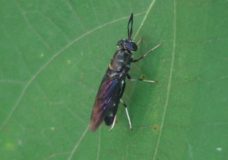
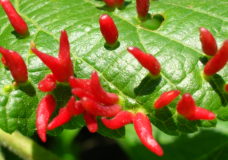
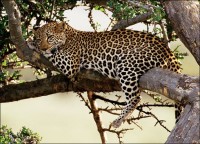
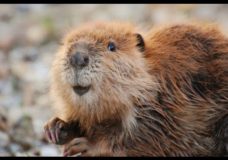
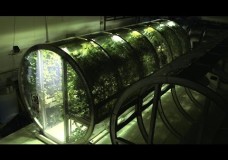
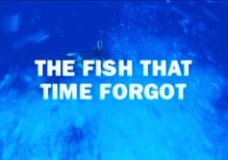
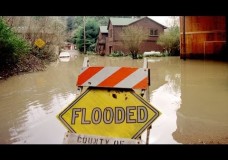

Recent Comments